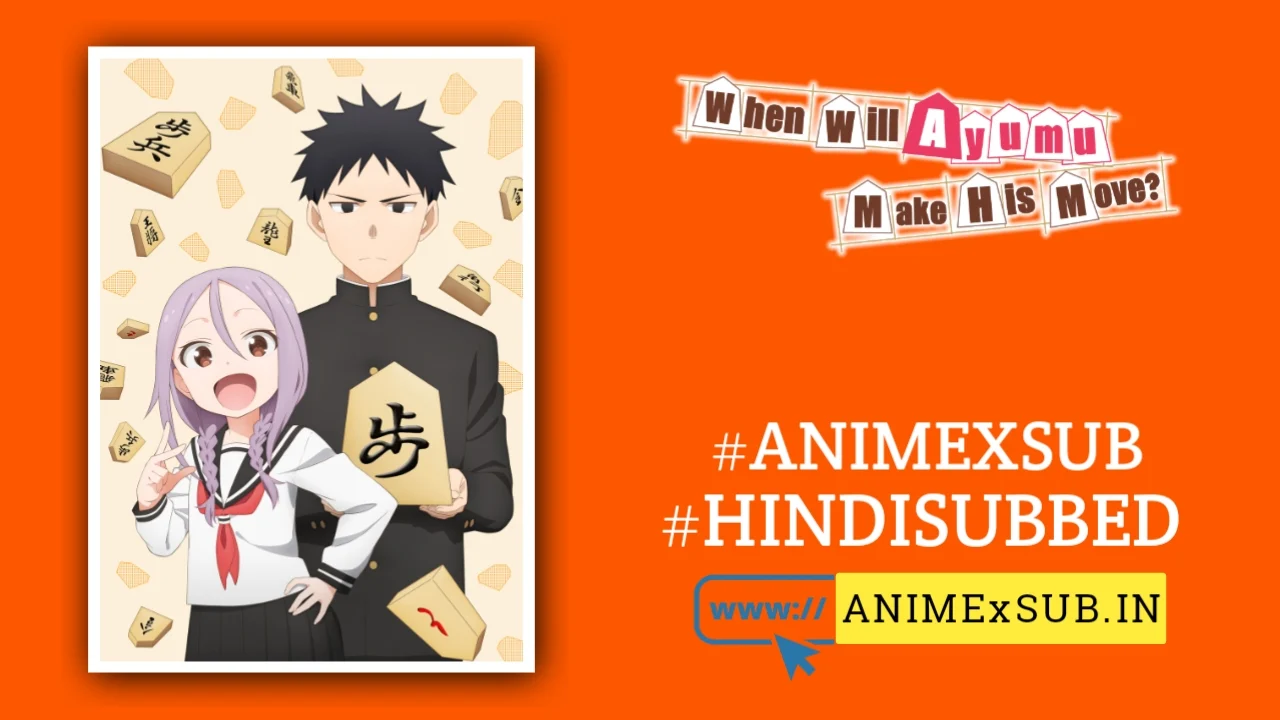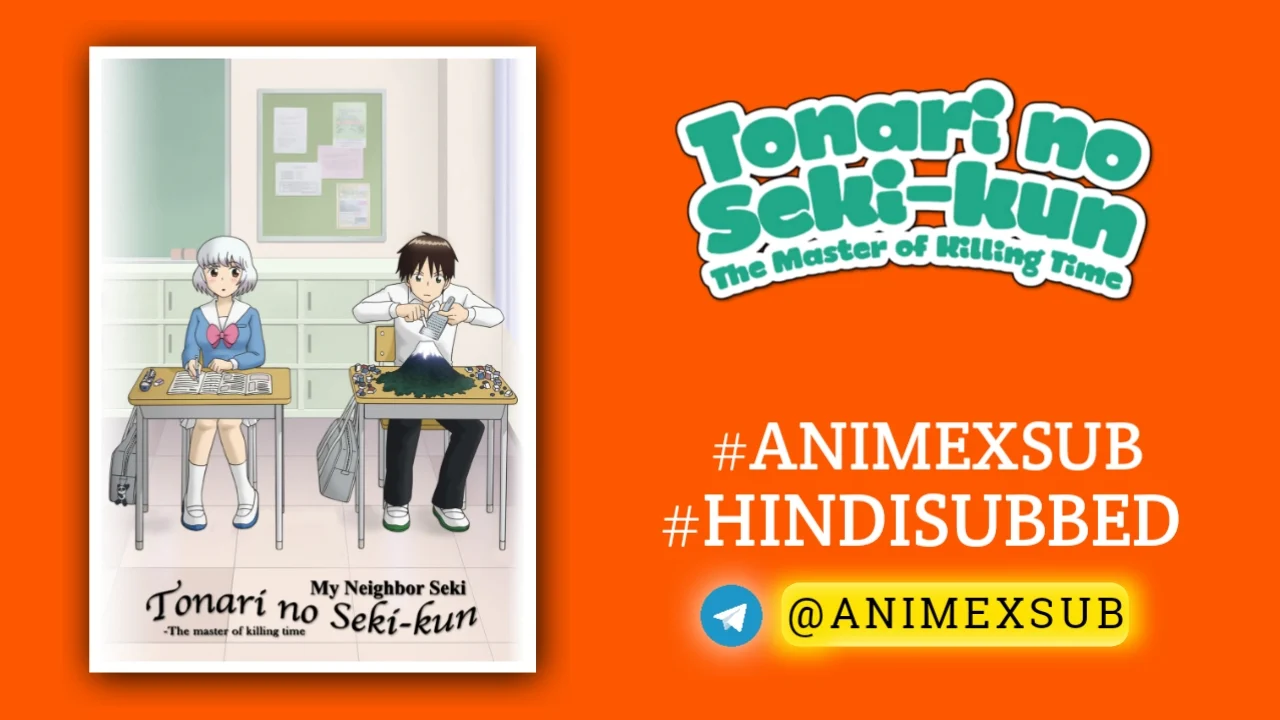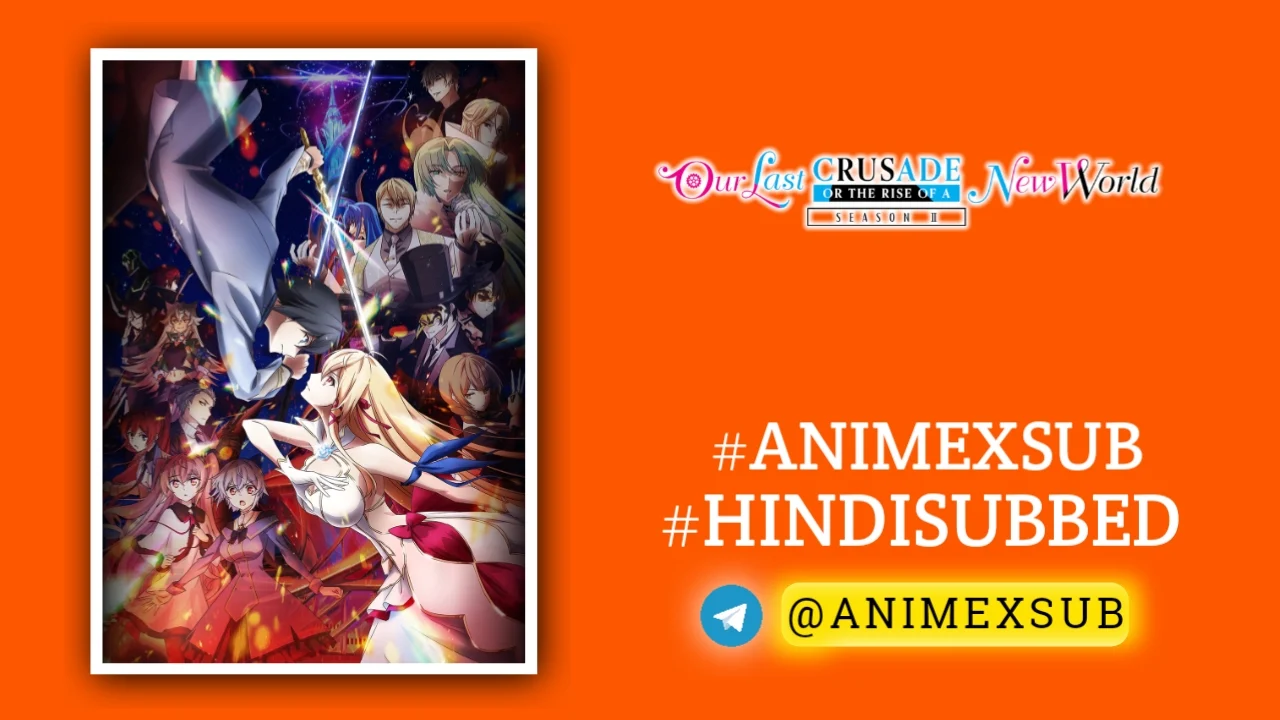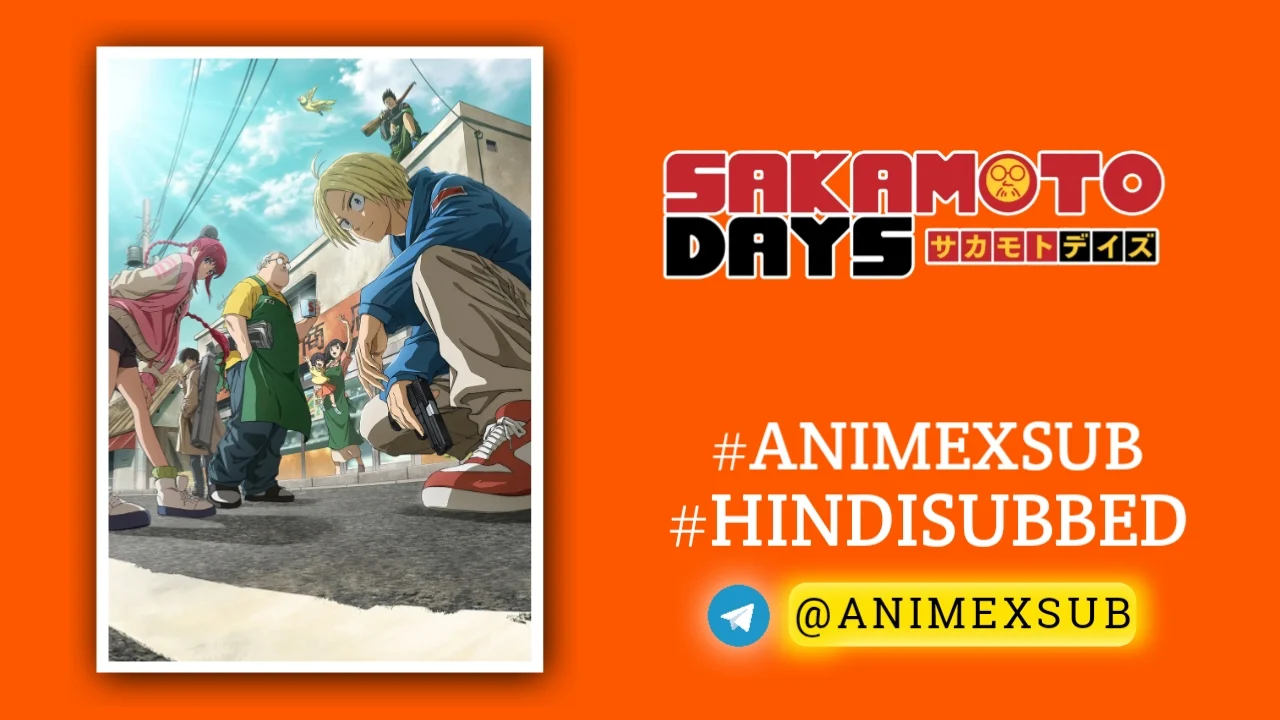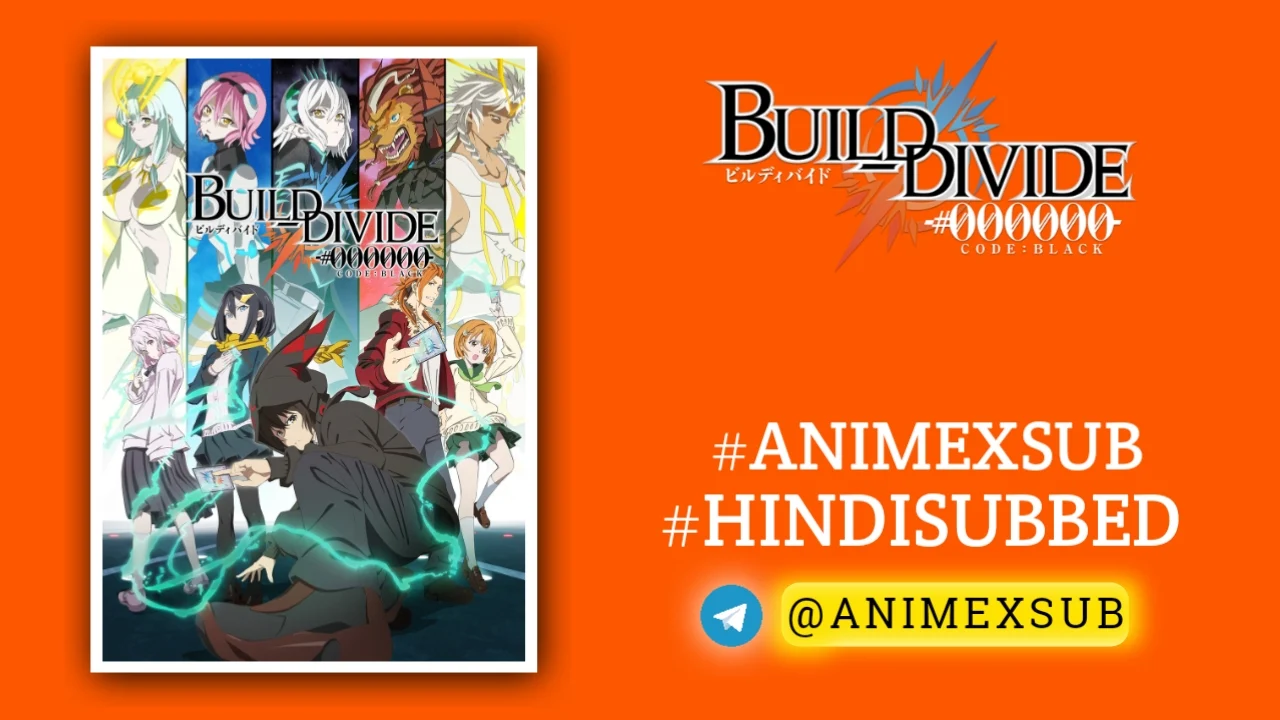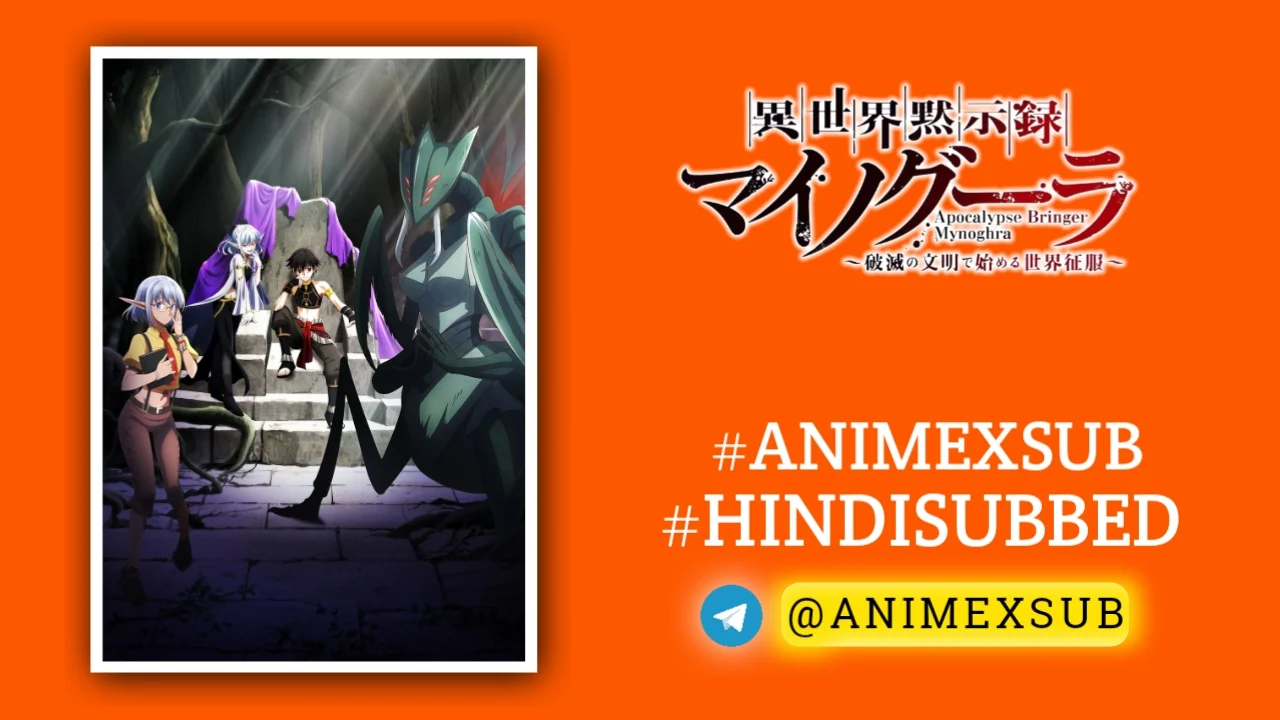
Apocalypse Bringer Mynoghra Hindi Subbed [08/12] | Isekai Mokushiroku Mynoghra Hindi Sub

Isekai Mokushiroku Mynoghra: Hametsu no Bunmei de Hajimeru Sekai Seifuku
Apocalypse Bringer Mynoghra: World Conquest Starts with the Civilization of RuinSynopsis
Takuto Ira succumbed to illness at a young age and ended up reincarnating in a world that resembles the fantasy turn-based strategy game Eternal Nations. Not only did he reincarnate into his favorite game, but as the god who commands the evil civilization Mynoghra. With Mynoghra's beautiful hero unit, Sludge Witch Atou by his side, not even legendarily difficult race traits will stand in the way of restarting their civilization! “Lord Takuto…won't you start over with me?” Explore, Expand, Exploit, Exterminate! A tactical fantasy world is waiting for heroes like you! Join Eternal Nations today! (Source: Cross Infinite World)
Watch Trailer
Characters
Apocalypse Bringer Mynoghra Season 1: A Darkly Strategic Isekai Triumph
Apocalypse Bringer Mynoghra: World Conquest Starts with the Civilization of Ruin Season 1, which premiered in July 2025, is a bold and cerebral addition to the isekai genre, adapting Fehu Kazuno’s light novel series with a depth and intensity that sets it apart from its peers. Produced by Maho Film, this anime delivers a grim, strategy-driven narrative that explores power, morality, and survival through the lens of a world inspired by turn-based strategy games. This review dives into the series’ strengths, nuances, and occasional stumbles, offering a fresh perspective on why Mynoghra is a standout in the crowded isekai landscape.
A World of Ruin, Rebuilt with Precision
The story follows Takuto Ira, a young man who, after succumbing to illness, awakens in the world of his favorite game, Eternal Nations, as the god-king of Mynoghra, an “evil” civilization defined by ruin and decay. Accompanied by his loyal hero unit, Atou the Sludge Witch, Takuto sets out to rebuild his nation in a world fraught with political intrigue, rival factions, and moral ambiguity. Unlike typical isekai protagonists who stumble into power, Takuto is a seasoned strategist, leveraging his game knowledge to navigate a brutal world where alliances are fragile and enemies are relentless.
What makes Mynoghra unique is its fusion of isekai tropes with the mechanics of a 4X strategy game (explore, expand, exploit, exterminate). The narrative mirrors the deliberate pacing of a Civilization or Master of Orion session, where every decision—whether to ally with the dark elves, confront the Holy Kingdom of Qualia, or sacrifice resources for long-term gain—carries weight. The show doesn’t rush to spectacle; instead, it builds tension through Takuto’s calculated moves, making each episode feel like a chess match with apocalyptic stakes.
Characters: Complex, Flawed, and Compelling
Takuto Ira is a refreshing protagonist. Far from the overpowered, morally infallible heroes of mainstream isekai, he’s a tactician wrestling with the burden of leading an “evil” nation while clinging to his own sense of virtue. His internal conflict—balancing his desire for peace with the necessity of ruthless decisions—grounds the story in a moral grayness that echoes Overlord but feels distinct. Takuto’s human form, perceived as dark smoke by outsiders, is a clever visual metaphor for his isolation and the fear he inspires, despite his benevolent intentions.
Atou, voiced with chilling charisma by Tomori Kusunoki, is the series’ emotional and narrative anchor. Her duality—sweet and supportive to Takuto, sadistic and monstrous in battle—makes her a standout. Her ability to steal memories and skills from enemies adds a layer of psychological horror, as she grapples with the identities she absorbs. Supporting characters, like the dark elf siblings Maria and Caria or the insect queen, are given enough depth to feel integral, though some, like the Holy Kingdom’s saint, feel underdeveloped by the season’s end, hinting at untapped potential for future arcs.
Visuals and Sound: A Grim Aesthetic Done Right
Maho Film’s animation is a strong suit, capturing Mynoghra’s desolate beauty with muted color palettes, shadowy forests, and grotesque creature designs. The contrast between Takuto’s decaying empire and the vibrant lands of rival nations like Phon’Kaven enhances the sense of otherness. Battle scenes, while not overly flashy, are visceral, with Atou’s dark appendages and necromantic abilities delivering moments of unsettling spectacle. However, some CGI elements, particularly in large-scale battles, feel clunky and disrupt the otherwise cohesive aesthetic.
The soundtrack, composed with haunting strings and ominous percussion, complements the series’ tone perfectly. The opening theme, a blend of industrial and orchestral, sets an oppressive mood, while the ending track’s melancholic tone underscores Takuto’s quiet moments of doubt. Voice acting, particularly Shinji Kawada’s nuanced performance as Takuto, elevates the emotional weight of key scenes.
Themes and Narrative: A Deconstruction of Power
Mynoghra distinguishes itself by interrogating the nature of power and morality in a way few isekai do. Takuto’s reluctance to embrace his role as the King of Ruin clashes with the world’s expectation of him as a harbinger of destruction, raising questions about whether good intentions can survive in a system that rewards cruelty. The series also explores the cost of leadership, as Takuto’s decisions—such as aiding the dark elves or sparing enemies—often backfire, forcing him to confront the limits of his idealism.
The show’s pacing, while deliberate, may alienate viewers accustomed to faster narratives. Episodes often prioritize dialogue and world-building over action, which suits the strategy-game aesthetic but can feel slow in moments. Still, the payoff in later episodes, where Takuto’s plans unravel or succeed spectacularly, rewards patience.
Reception and Context
Fan reactions, particularly on platforms like Reddit, highlight Mynoghra’s polarizing nature. Some praise its dark tone and strategic depth, comparing it favorably to Overlord for its morally complex protagonist, while others criticize the adaptation for simplifying the light novel’s intricate details. The series’ grim atmosphere and focus on nation-building over flashy battles make it a niche offering, but one that resonates deeply with fans of tactical storytelling.
Critique and Potential
While Mynoghra excels in world-building and character dynamics, it’s not flawless. The animation quality dips in larger scenes, and some side characters lack the depth needed to fully flesh out the world. The season’s 12-episode run also feels constrained, ending on a cliffhanger that leaves major conflicts unresolved. Yet, these issues don’t overshadow the series’ ambition. It takes risks by leaning into a slow-burn narrative and refusing to pander to mainstream isekai expectations.
Final Verdict
Apocalypse Bringer Mynoghra Season 1 is a triumph of strategic storytelling and moral complexity, offering a fresh take on the isekai genre. Its blend of game mechanics, dark fantasy, and introspective character work makes it a must-watch for those craving something beyond the usual power fantasies. While not without flaws, its unique vision—rooted in the tension between creation and destruction—sets a high bar for future seasons. For fans of Overlord, Civilization, or morally ambiguous narratives, Mynoghra is a dark gem worth exploring.
Score: 8.5/10
Standout Episode: Episode 8, where Takuto’s alliance with the dark elves is tested, showcasing the series’ knack for blending strategy with emotional stakes.
Who’s It For? Fans of dark fantasy, strategy games, and character-driven stories who don’t mind a slower pace.
Support Our Anime Community!
Love watching the latest anime? Help us keep uploading new episodes by join telegram channel ❤️
Join Now!









